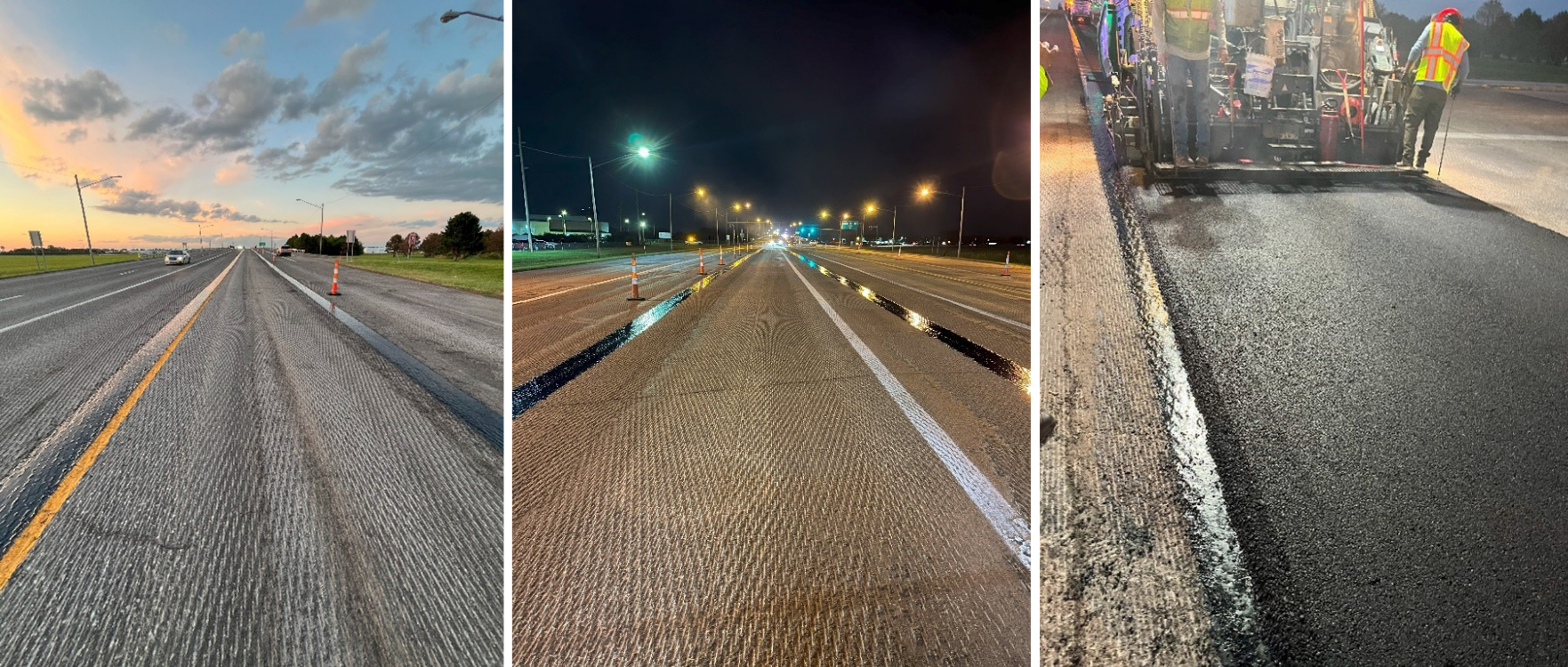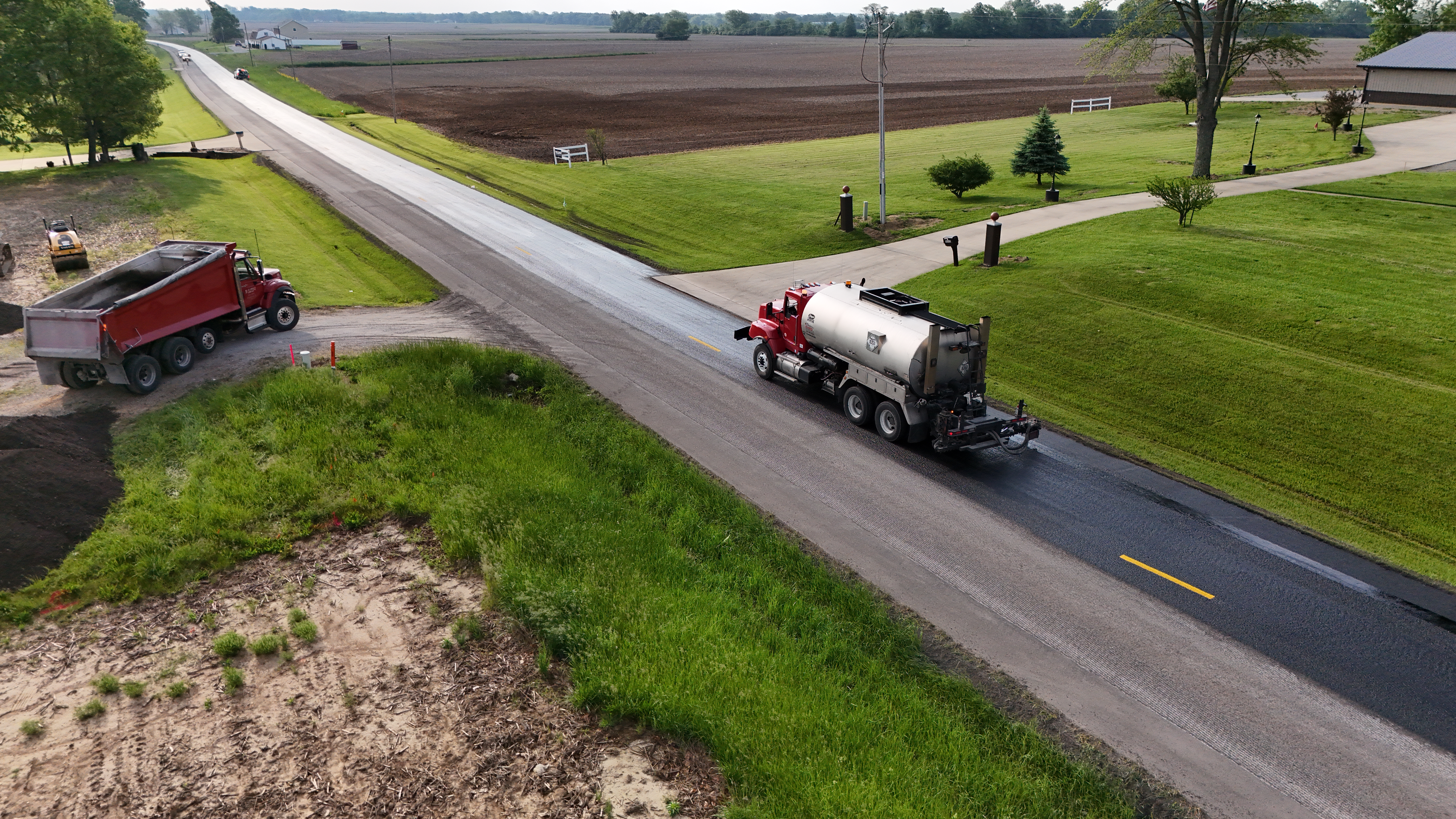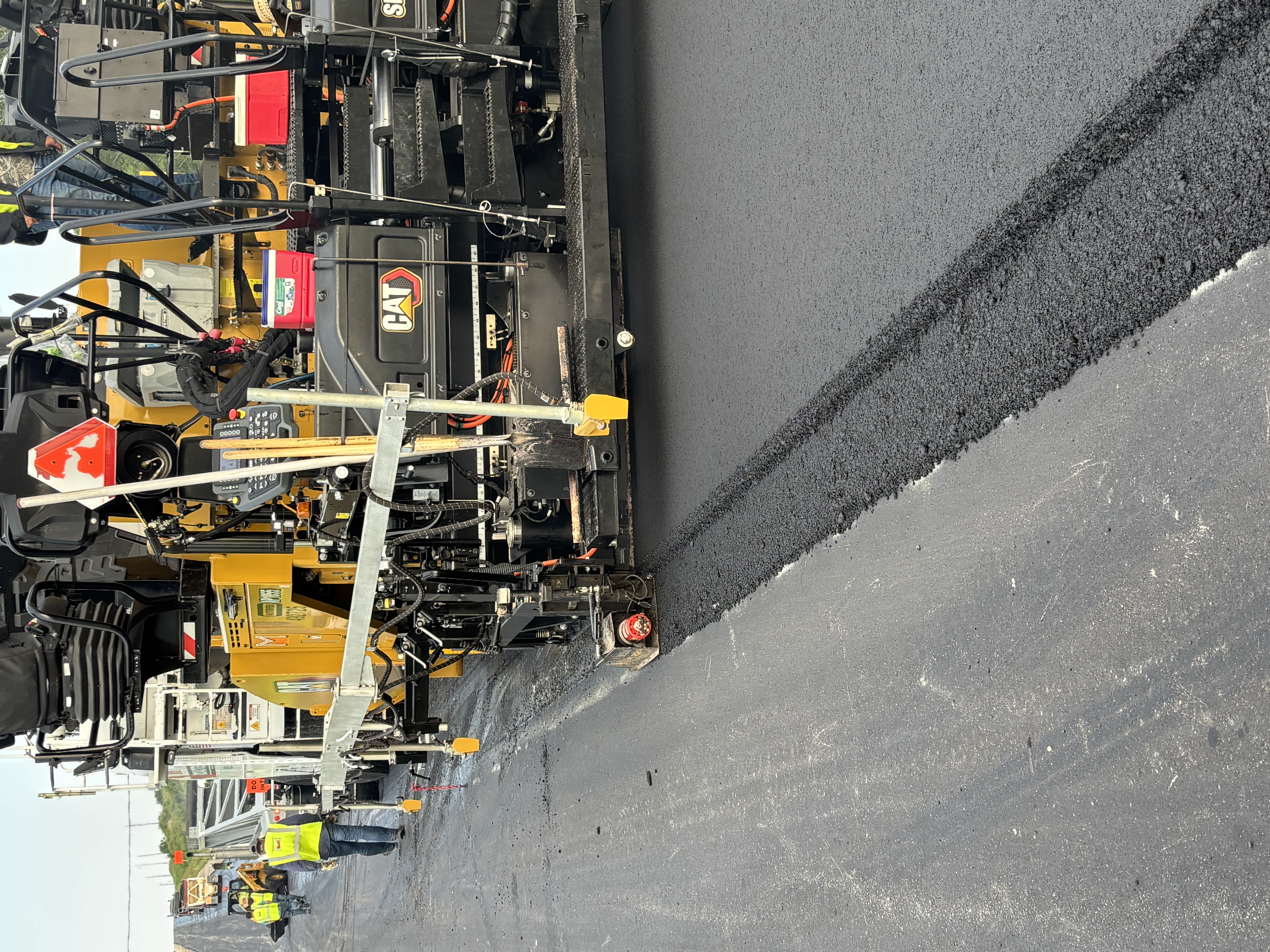Roadway departure crashes remain one of the deadliest occurrences on U.S. roads. Between 2016 and 2018, the Federal Highway Administration recorded an average of 19,158 fatalities from these types of incidents — accounting for a staggering 51% of all traffic-related deaths nationwide. In response, local agencies across the country are...






